The Origins of Eating Cannabis (Bhang)
Ever wonder where eating cannabis originated from? Well, take a look at one of its most crucial origins by learning about the sacred Indian practice of consuming ‘bhang’.
-
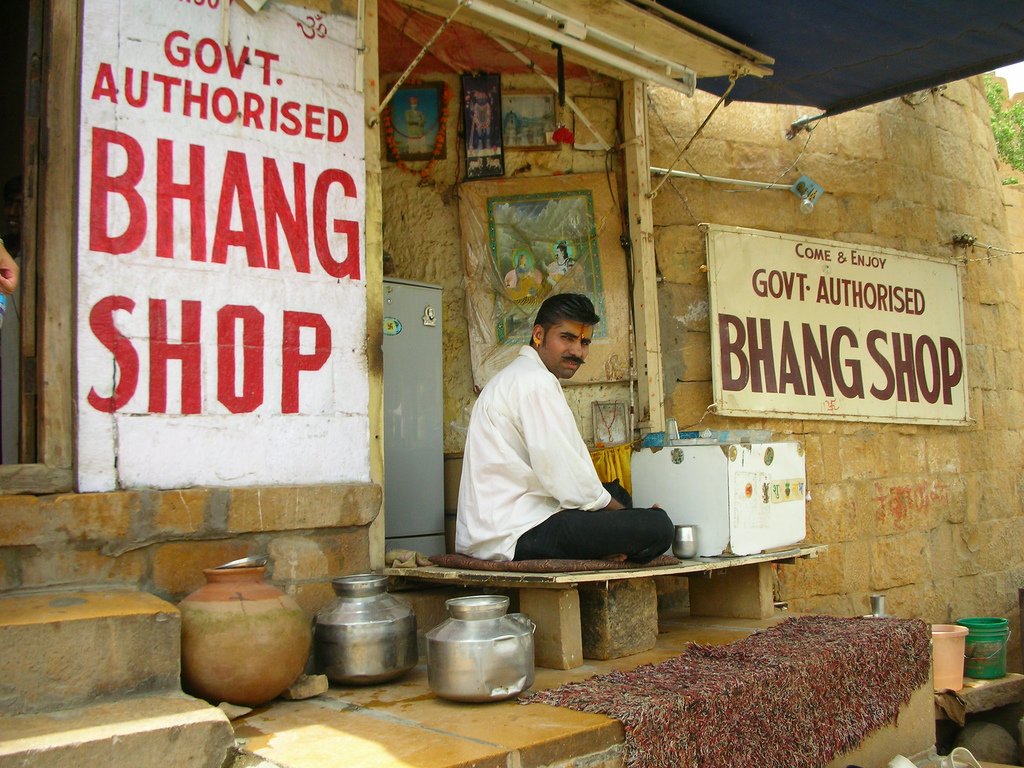
The Origins of Eating Cannabis (Bhang)
Culled from the leaves and buds of cannabis, the very intoxicating 'bhang' is consumed as a beverage in India, while also serving as one of the major origins of eating cannabis.
-
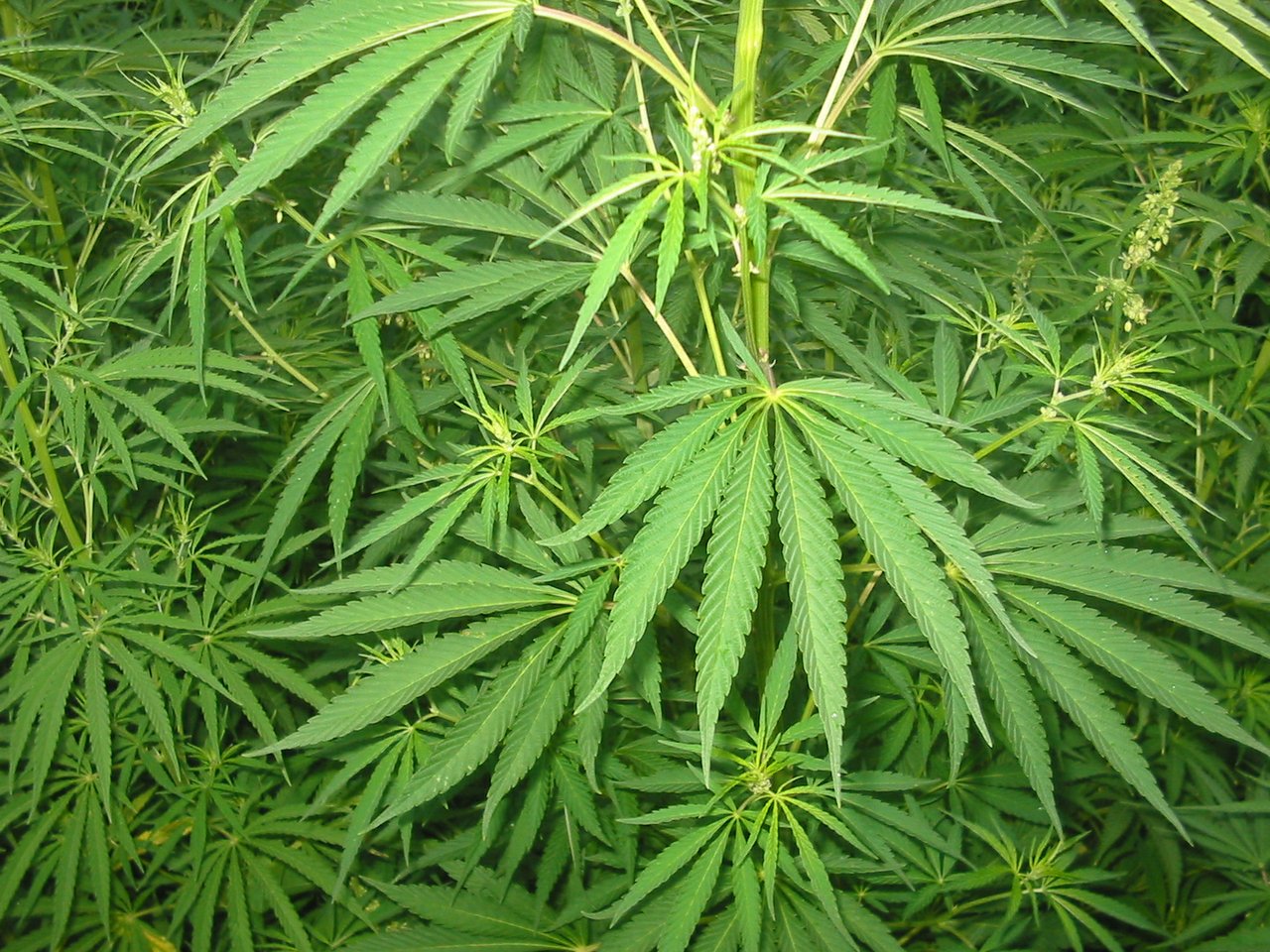
What is Bhang?
It is a hybrid of three closely related species. The plant has long been cultivated as a source of medicine (the buds), fiber (the stalks), and even food (the seeds). -

Preparation
Cannabis is ground into a paste, then milk and spices are added. The base is then ready to be made into a heavy drink or chewy balls called 'golee'; which means candy or pill in Hindi.
-
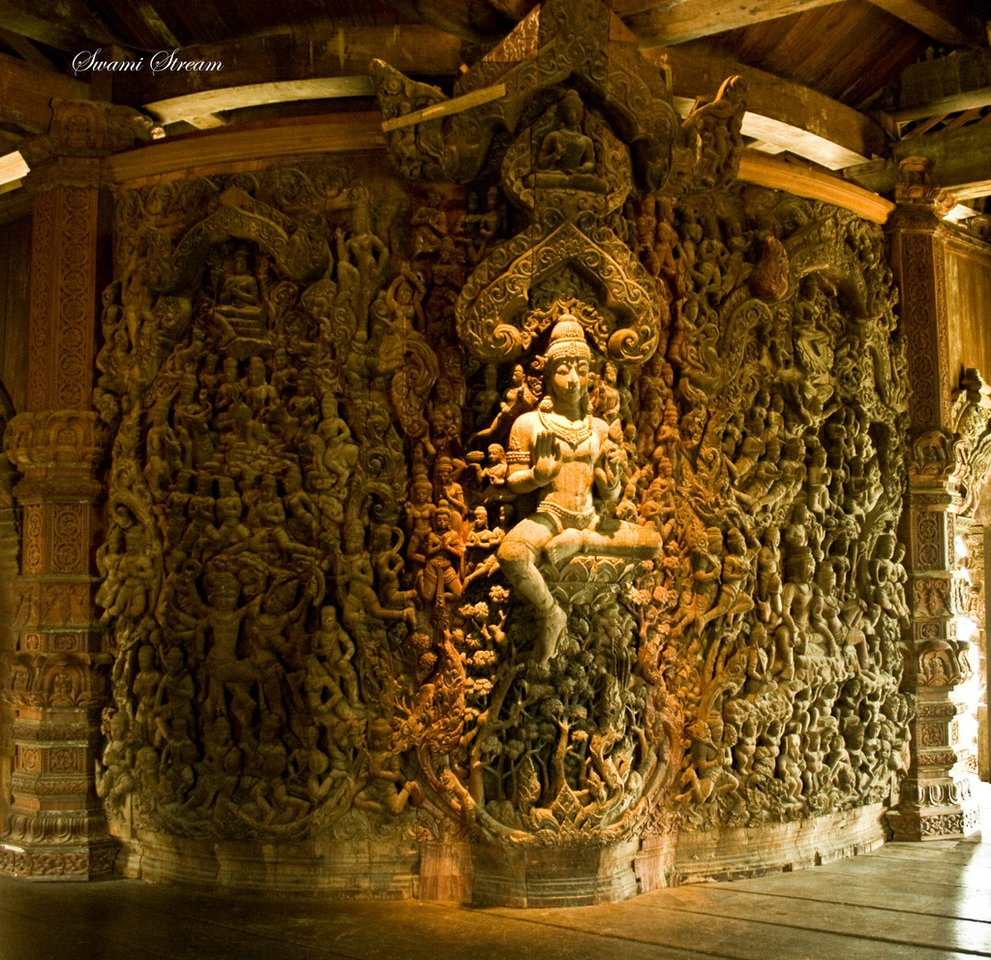
History
Bhang was first used as an intoxicant in India around 1000 BC and soon became an integral part of Hindu culture. In the ancient text, the Artharvaveda, it is deemed as an herb that "releases anxiety".
-
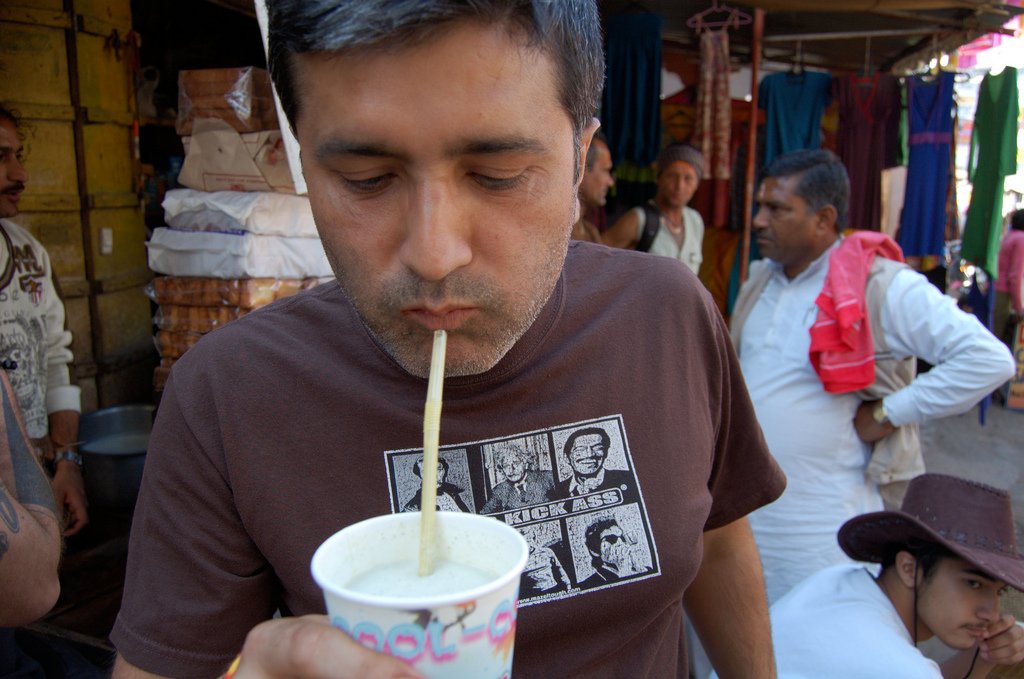
Tradition of Bhang
Associated with Lord Shiva as a sacred inebriant, bhang is synonymous with the Indian holiday 'holi'. It is featured in thandai, pakoras and vadas, all of which use bhang as a central ingredient.
-
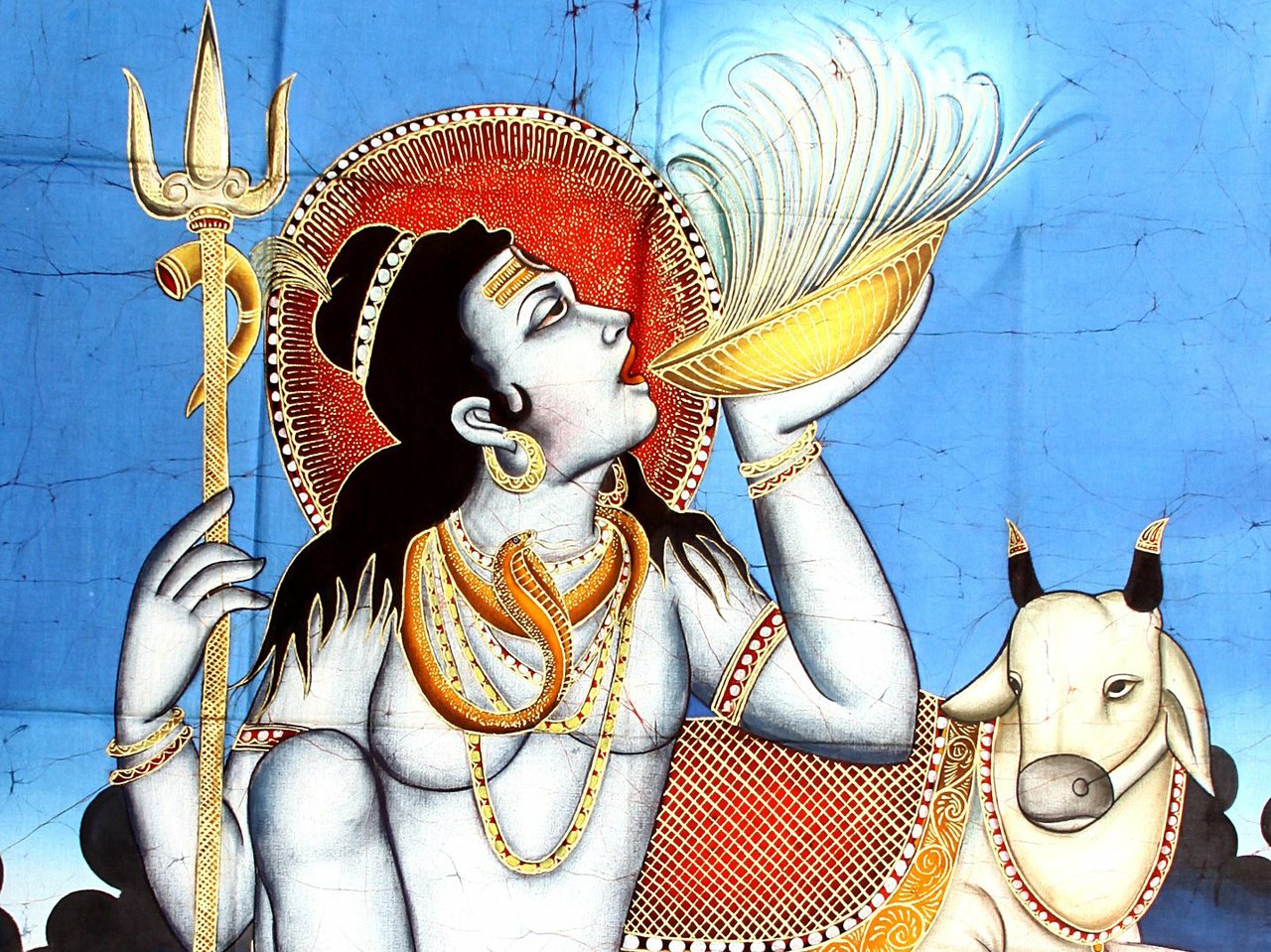
Symbolic Culture
The hemp plant is a massive part of Hindu tradition, often being used as a foreteller of the happiness or doom of a person. People also believe in its medicinal properties to cure many ailments.